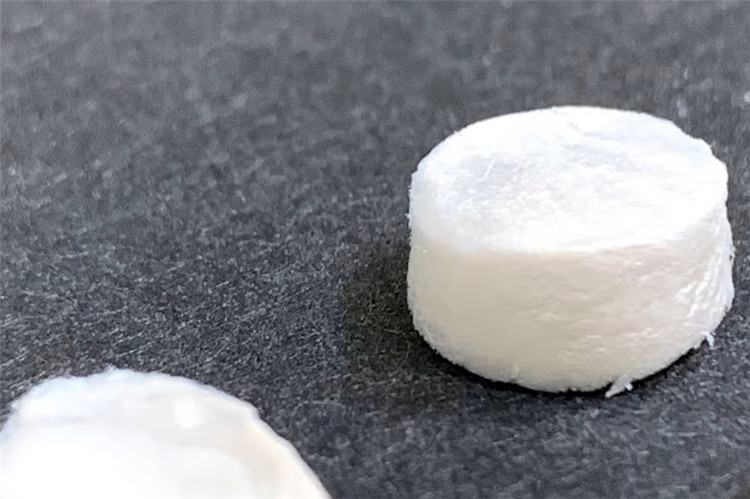

SEARCH
Ceramic aerogels have been protecting industrial equipment and space science instruments for decades, thanks to their incredible lightness and ability to withstand high temperatures. But there are some problems, it is relatively brittle. The new ceramic aerogel, on the other hand, is harder and more flexible, even after repeated exposure to dramatic temperature fluctuations.

Aerogels have a strong structure, up to 99% air by volume, which of course makes them very light. They can be made from many different types of materials, but ceramics are particularly handy as thermal insulators. However, on the other hand, long periods of heating and cooling may lead to fracturing of the material.
In this case, aerogel is made using thin layers of the ceramic material boron nitride, with atoms arranged in a hexagonal shape. To test its performance, the sample was placed in a room where the temperature fluctuated between -198 ° C and 900 ° C, with only a few seconds between each extreme. The material was also left in a room heated to 1400 ° C for a week. Overall, it lost only one percent of its mechanical strength.
The key to the strength of ceramic aerogel lies in its unique structure. Unlike most ceramics, which expand when heated, aerogel contracts, and in a strange way. If you imagine pressing down on a tennis ball, the sides of the ball bulge out, but squeezing the sides of the aerogel also pushes in. These materials rebound completely after being compressed to 5% of their original volume, while other aerogels cannot fall below 20%.
This aerogel, and others made using the same process, could lead to a new class of ultra-strong light materials. These materials can be used to insulate spacecraft, cars or other specialized equipment, as well as for thermal energy storage, catalysis or filtration.